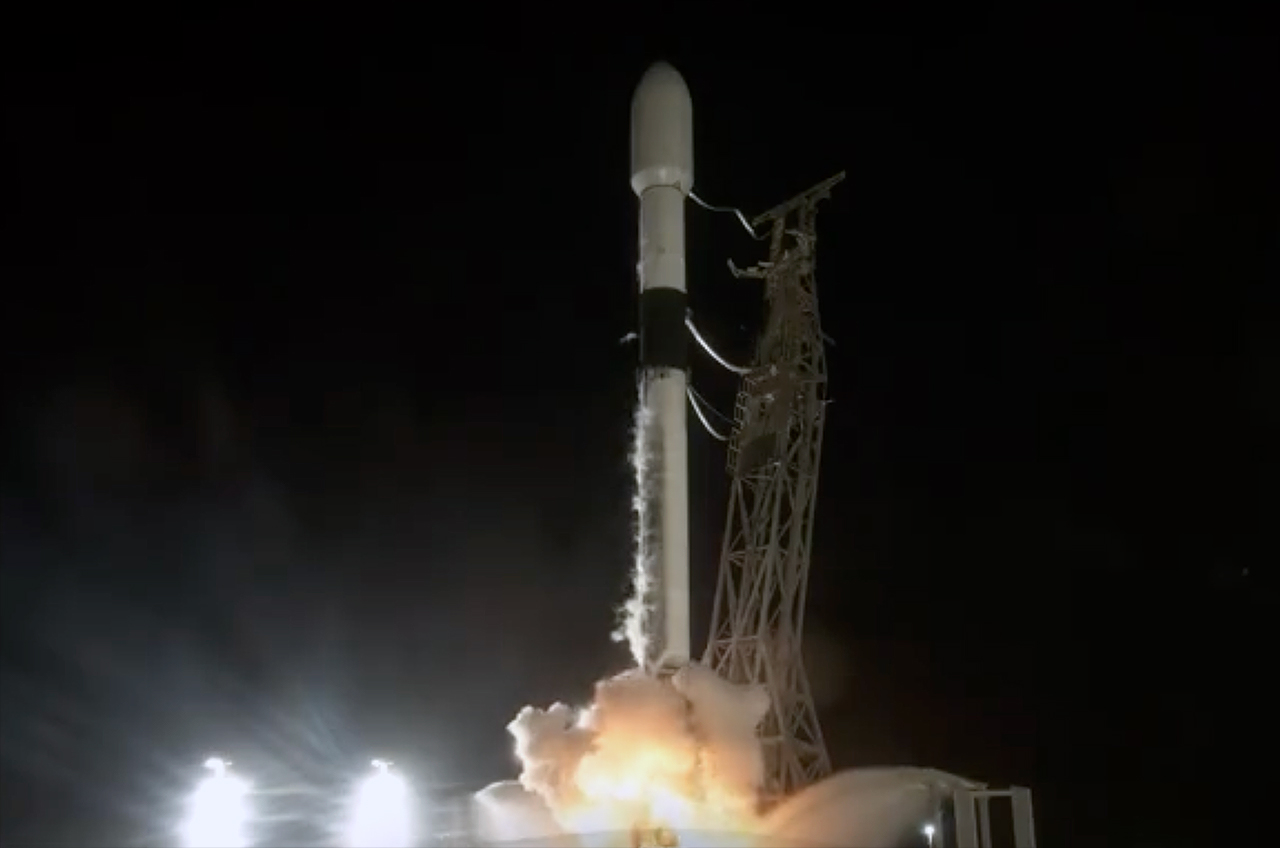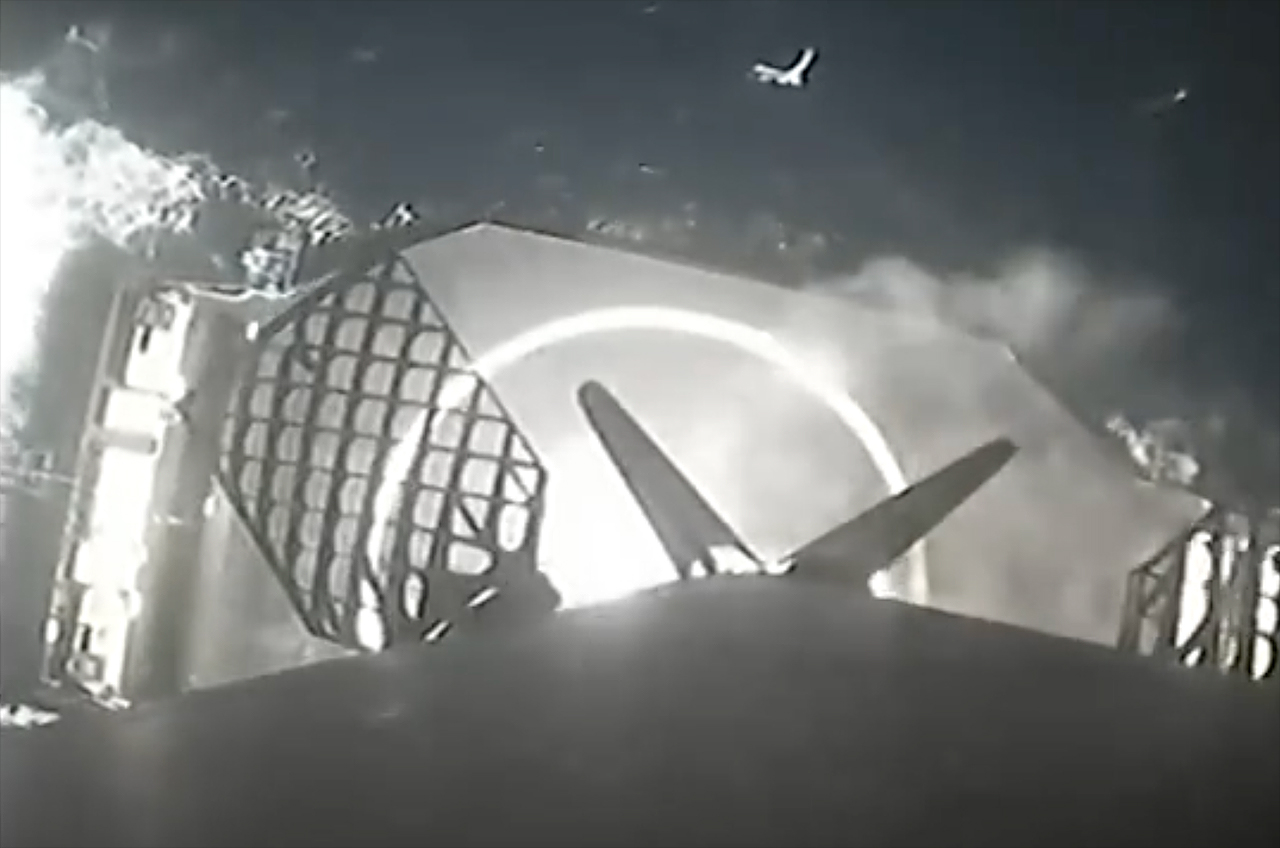SpaceX launched 22 Starlink internet satellites to orbit from California on Sunday (Oct. 29), on the first of two planned missions for the day.
A Falcon 9 rocket lifted off from California's Vandenberg Space Force Base on Sunday at 5 a.m. EDT (0900 GMT; 2 a.m. local California time).
Related: Starlink satellite train: How to see and track it in the night sky

The Falcon 9's first stage came back to Earth for a vertical landing about 8.5 minutes after launch on the drone ship Of Course I Still Love You, which was stationed in the Pacific Ocean.
It was the seventh launch and landing for this rocket's first stage, according to the mission description.
The 22 Starlink satellites, meanwhile, were scheduled to deploy from the Falcon 9's upper stage about 62.5 minutes after liftoff.

Sunday morning's launch is scheduled to be the first of a doubleheader for SpaceX. The company also plans to loft 23 Starlink craft from Florida's Cape Canaveral Space Force Station on Sunday at 7:45 p.m. EDT (2345 GMT).
Get the Space.com Newsletter
Breaking space news, the latest updates on rocket launches, skywatching events and more!
The Starlink broadband megaconstellation is ever-growing, as these two missions show. There are currently about 4,900 operational Starlink satellites in low Earth orbit, and SpaceX has permission to deploy about 12,000 of the craft.
Join our Space Forums to keep talking space on the latest missions, night sky and more! And if you have a news tip, correction or comment, let us know at: community@space.com.

Michael Wall is a Senior Space Writer with Space.com and joined the team in 2010. He primarily covers exoplanets, spaceflight and military space, but has been known to dabble in the space art beat. His book about the search for alien life, "Out There," was published on Nov. 13, 2018. Before becoming a science writer, Michael worked as a herpetologist and wildlife biologist. He has a Ph.D. in evolutionary biology from the University of Sydney, Australia, a bachelor's degree from the University of Arizona, and a graduate certificate in science writing from the University of California, Santa Cruz. To find out what his latest project is, you can follow Michael on Twitter.









